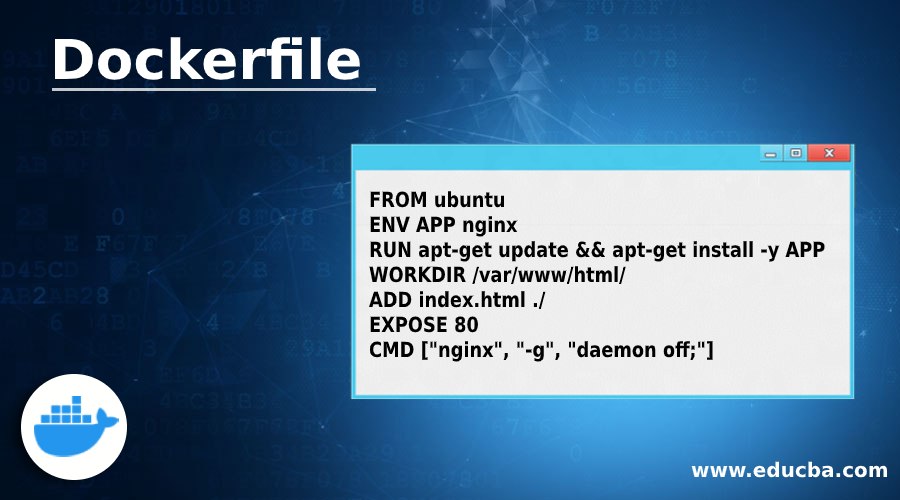
Docker-compose can be used to organise and version control these tweaks.A container can be tweaked at runtime by mounting files into it, adjusting the commands that run when it starts up or ensuring it has network connectivity to other containers.
An image can be used to create a container which is an actual running copy of our application.A Dockerfile is used to create an image which serves as the blueprint for our application and its executing environment.I don't want to go into the same level of detail again but here are the highlights: I wrote about some Docker fundamentals in my previous Craft 2 post.
DOCKERFILE COMPOSER SOFTWARE
This ensures that our application environment is always kept in sync with code updates and that it can be executed as expected in any environment which is able to run docker without installing any application specific software on the host. Using Docker for local development helps us to meet all of the above objectives as it allows us to define version controlled containers in which our application will run alongside our normal codebase versioning. Allow production ready build assets to be generated.Minimise the number of elements that need installing and version controlling (node/npm 🙄) on the host machine.Should be able to be executed by any developer working on the project.Create a reusable but flexible base for starting Craft 3 projects.TL DR: Minimal Craft 3 in Docker repo here. There are a lot of similarities but Craft's move to using Composer for package management requires us to change a few things around.įor a more in depth run through using Craft in Docker, also check out my Craft CMS Development Workflow With Docker series.


Recently I published an overview of my old Craft 2 in Docker project setup and I wanted to do the same for Craft 3.


 0 kommentar(er)
0 kommentar(er)
